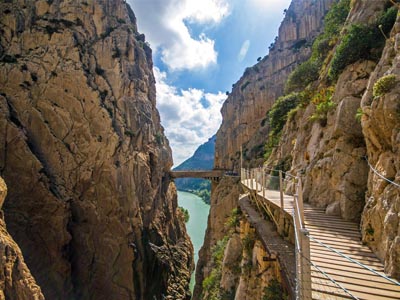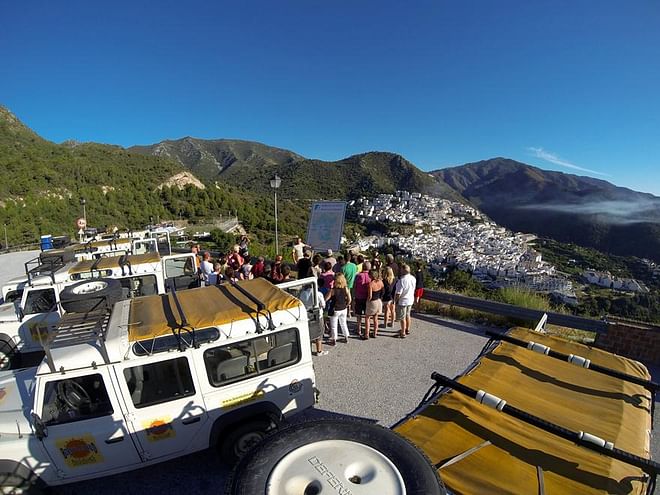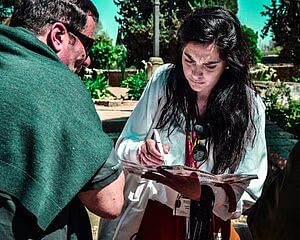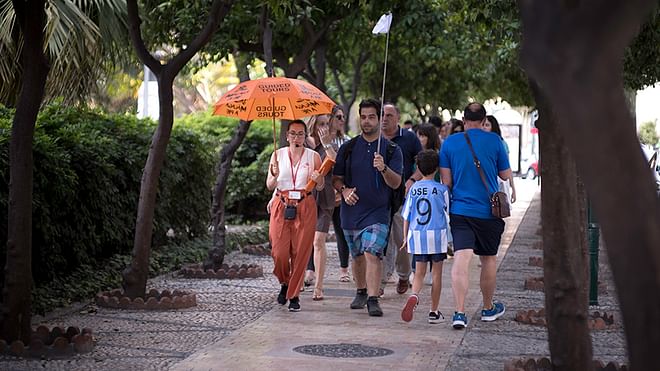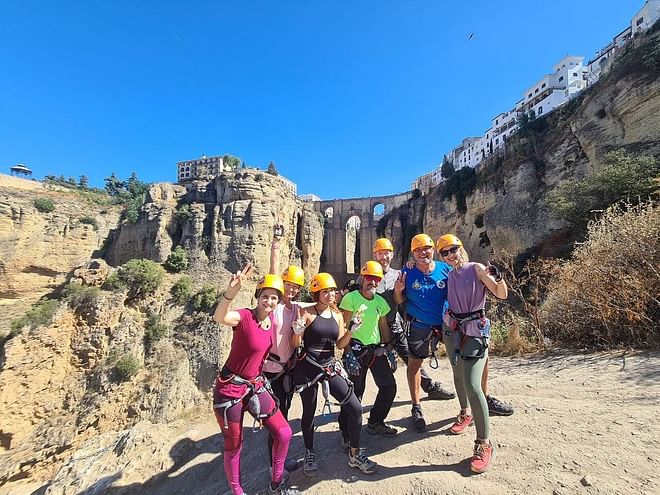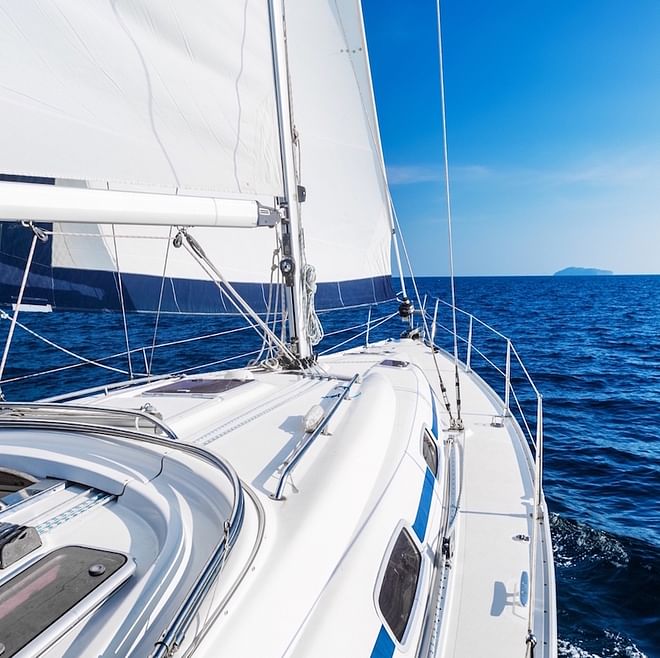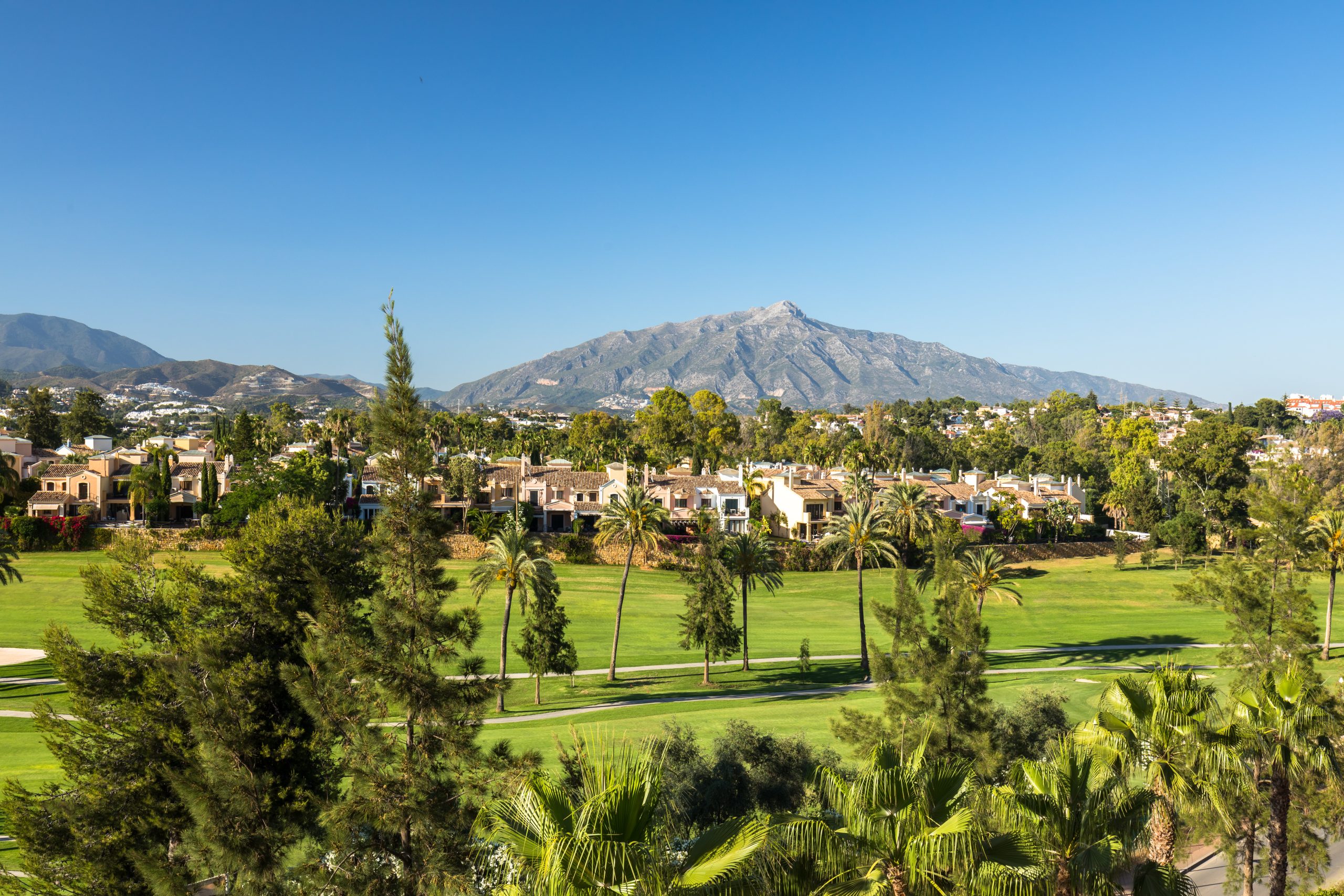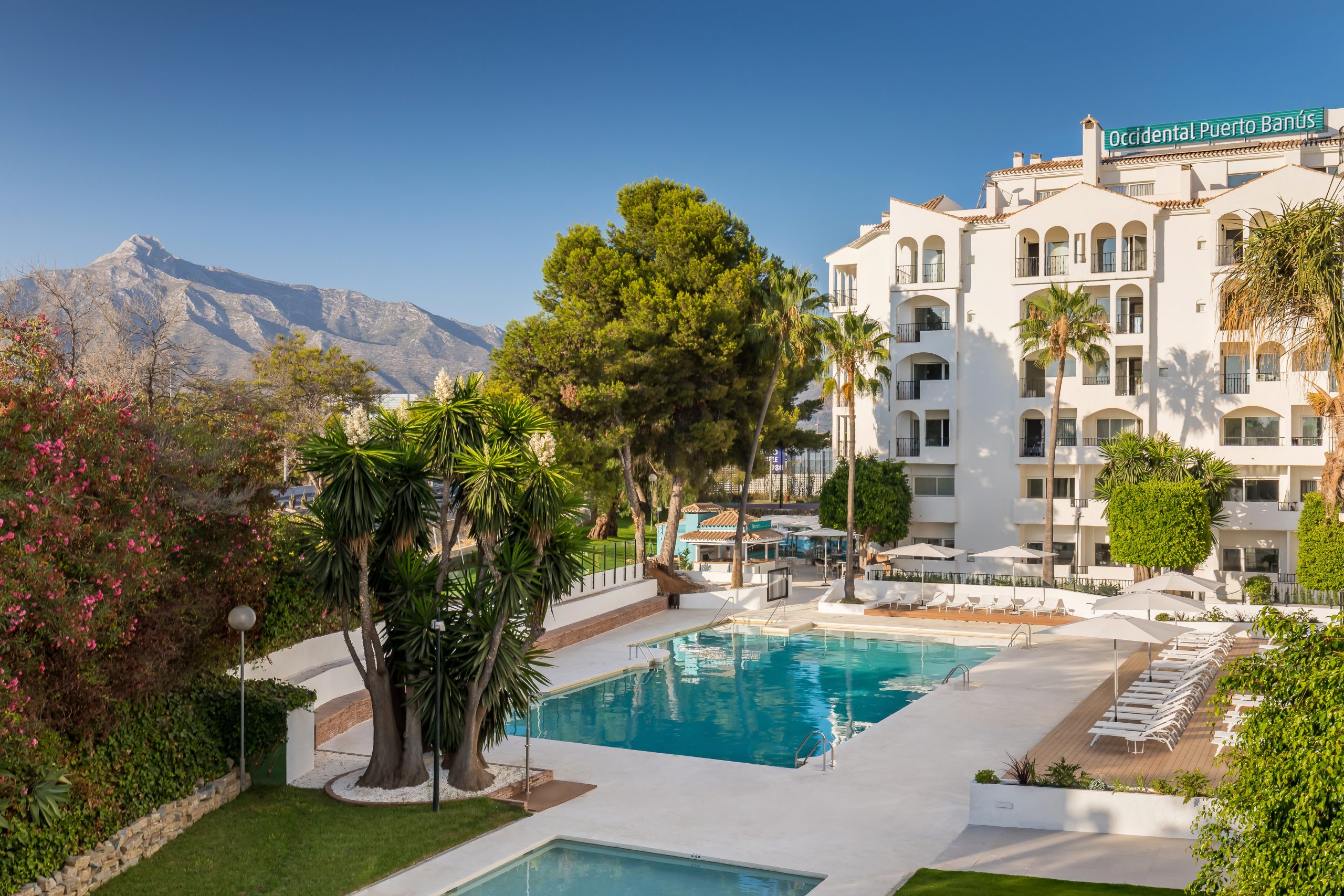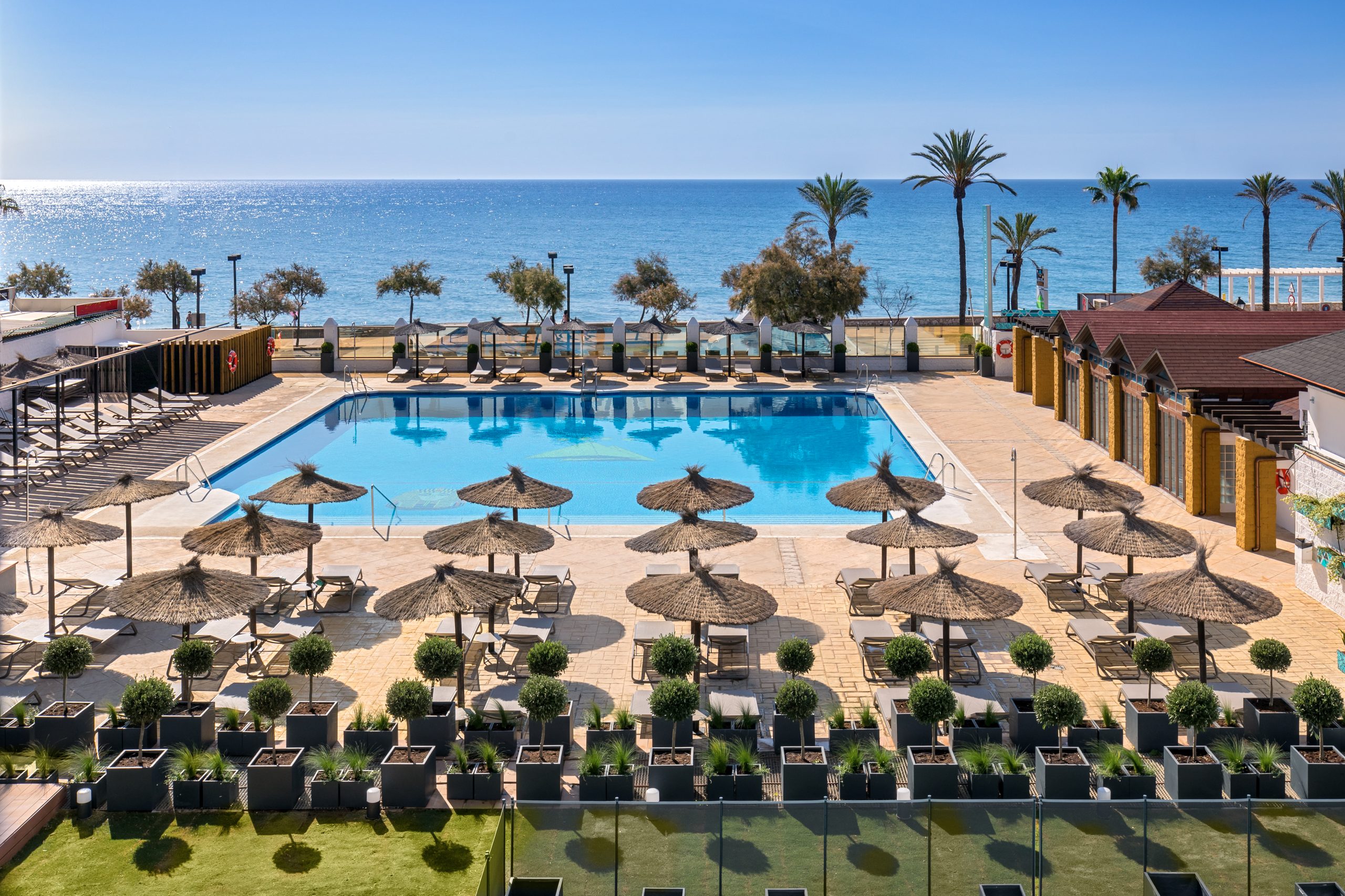It’s no big news to hear that running fever continues to grow and grow. Just head out into the streets of any city around the world and you’ll soon spot that the number of runners sporting garish trainers with smartphones strapped to their arms is on the rise. They’re often affectionately described as “crazy” when they’re spied struggling to beat their personal records, undeterred by the weather and their own exhaustion.
Yes, in certain situations—extreme cold, downpours or suffocating heat—they might seem nuts, but talk to a runner and he or she will reassure you that the suffering and tiredness provoked by waking up early to train even on weekdays is all worth it for the satisfaction they feel at crossing the finish line and outdoing themselves.
This sense of satisfaction and the fact that you can run pretty much anywhere are two major reasons behind the sport’s success. It’s also why it’s become a great option for travellers who don’t want to give up exercising when they’re far from home and a whole industry has now developed around “marathon tourism”. There’s a big incentive to travel to Lisbon, London, New York or Málaga to run in new surroundings because it can unite two great passions: running and travelling.
Málaga Half Marathon: a traditional race that gets bigger every year
In recent years the Zurich Marathon has established itself as a hugely important race in Spain but for Málaga’s residents, who took up running before it reached the heights of popularity it enjoys today, the Málaga Half Marathon will always have a special place in their hearts. And this is why:
- It’s a real classic. In 2019, the race will celebrate its 29th event—it’s no passing fad. And a quick glance at the rising participant numbers reveals that its growth is unstoppable.
- Pleasant temperatures. It’s usually held in March or April so average temperatures are between 10 and 20 degrees: dream conditions for runners.
- An attainable distance. Although training is required, the 21.097 km of the half marathon are far more achievable that the 42.195 km of the full version.
- A flat, attractive route. Running at sea level along a relatively straightforward route is synonymous with good timings. A good stretch of the route is next to the beach and when it diverges it leads into the stunning historic centre of the capital of the Costa del Sol.
The Zurich Marathon Málaga, an even greater challenge
For the past ten years two big endurance races have been held alongside each other, one in March or April and the other in December. However, instead of being rivals, the two events complement one another. In 2019, the Zurich Marathon Málaga will be held on 15 December and will also include its own half marathon race.
Registration prices, as usually occurs with this type of race, increase the closer to the date of the event you get and they currently stand at €50 (€45 for RFEA [Royal Spanish Athletics Federation] members) for the marathon and €28 (€25 for members) for the half marathon. [Prices as of 01/06/2019].
The Zurich Marathon Málaga route
The Zurich Marathon Málaga route hasn’t been published yet but it’s safe to say that, if previous years are anything to go by and as we saw in this year’s Málaga Half Marathon, the city will be used to its full potential and runners will be able to appreciate all of its big attractions: the sea and its main monuments.
Therefore, if it’s similar to previous years, the first stretch of the route will run along the seaside promenade and the final stretch will leave the beach to pass by some of the city’s most charming sights, such as the Roman Theatre, Plaza de la Merced, Calle Larios and the cathedral.
Are you ready to run for kilometres in a city that brings together the seaside, wonderful food and an inspiring cultural life?






























































